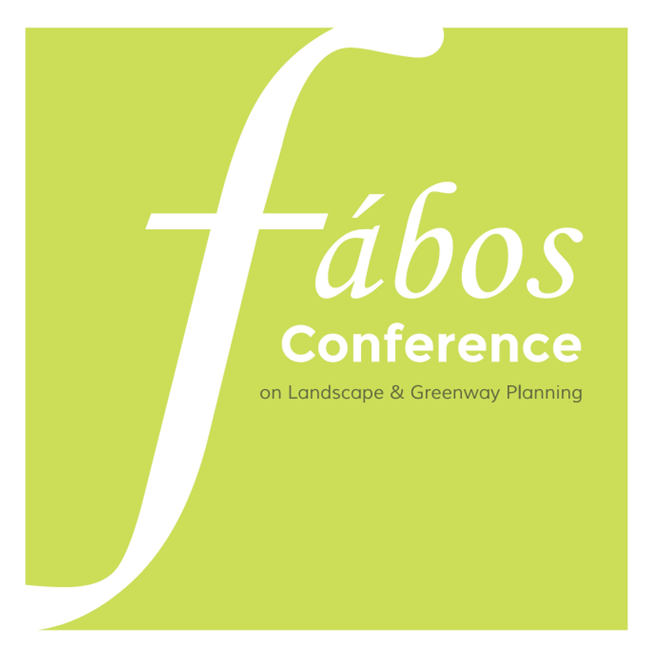Climate Migration: Planning for Just and Welcoming Communities
Abstract
Climate change will bring significant movement of populations away from increasingly hazardous areas. By 2100, more than 13 million people in the US could be displaced due to sea level rise (Hauer 2017) – a figure dwarfed by global estimates (Rigaud et al. 2018)--and extreme heat and droughts could force even more to move. The impacts on land use in receiving and sending areas will be substantial, but can also be an opportunity for positive transformative change. We ask two key research questions: What factors will most influence a community’s level of in or out-migration in response to climate change? What policies should likely receiving and sending communities enact to ensure positive, equitable transformation under these stresses? We report here a synthesis of three separate but related research projects. One focused on demographic modeling in the US Northeast to understand the level of population mobility and underlying factors influencing that (Renski et al. 2024); a second used focus groups with real estate brokers in the Northeast to understand how their clients are viewing climate as part of mobility choices (Kuru et al., 2024); and a third gathered lived-experience experts, academics and policy officials in a 1.5 day workshop for discussion of the topic (Infield et al. 2024). Our results indicate that areas at high likelihood of becoming receiving areas include those that are inland and often more rural; located near to hazardous areas as people tend to stay in the same metro region; have lower climate hazards or have built resilience; have available housing and jobs; and have past socio-cultural connections to a disaster-affected area, among other factors. Sending community characteristics include experiencing one major or several moderate disasters; loose/weak social and place-attachment; medium and high levels of wealth; existing housing shortages; and remote workers, among other factors.
Keywords: climate change, demographics, climate migration, land use planning
How to Cite:
Infield, E., Renski, H. C. & Kuru, O. D., (2025) “Climate Migration: Planning for Just and Welcoming Communities”, Fábos Conference on Landscape and Greenway Planning 8(1). doi: https://doi.org/10.7275/fabos.2752
257 Views
69 Downloads
